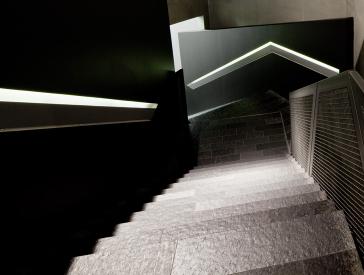In an Instant
Photographs by Fred Stein
This retrospective presented Fred Stein’s prolific, many-layered body of work for the first time in Germany, exhibiting more than 130 black-and-white photographs, including street shots of Paris and New York as well as a great many portraits.
To illuminate the photographer’s life and approach, the exhibit also featured private documents, original prints, and contact sheets.
Past exhibition
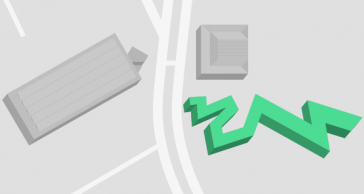
Where
Libeskind Building, ground level, Eric F. Ross Gallery
Lindenstraße 9–14, 10969 Berlin
Fred Stein
An instant can make the difference – whether in life or in photography. For the photographer Fred Stein, it was those brief moments that determined his life, both personally and professionally.
A brief introduction to the exhibition; Jewish Museum Berlin
Fred Stein was born in Dresden in 1909, the son of a rabbi. When the Nazis took power, the committed socialist was forced to give up his job as a lawyer and leave Germany. Under the pretext of taking a honeymoon trip, he escaped to Paris with his wife Lilo in 1933.
There he faced the challenge of building a new livelihood from scratch. Inspired by a Leica 35 mm camera – Fred and Lilo Stein’s wedding gift to each other – Fred Stein chose photography as his new profession.
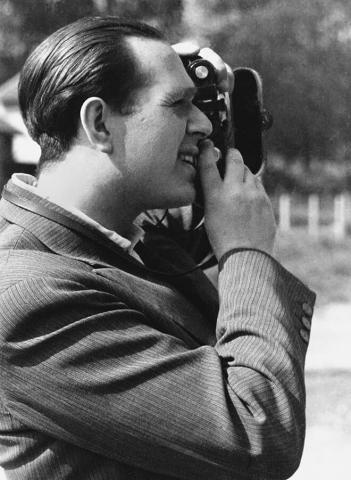
Fred Stein, photographed by Lilo Stein (1910–1997), Paris 1937; Estate of Fred Stein CC BY-SA 3.0 via Wikimedia Commons
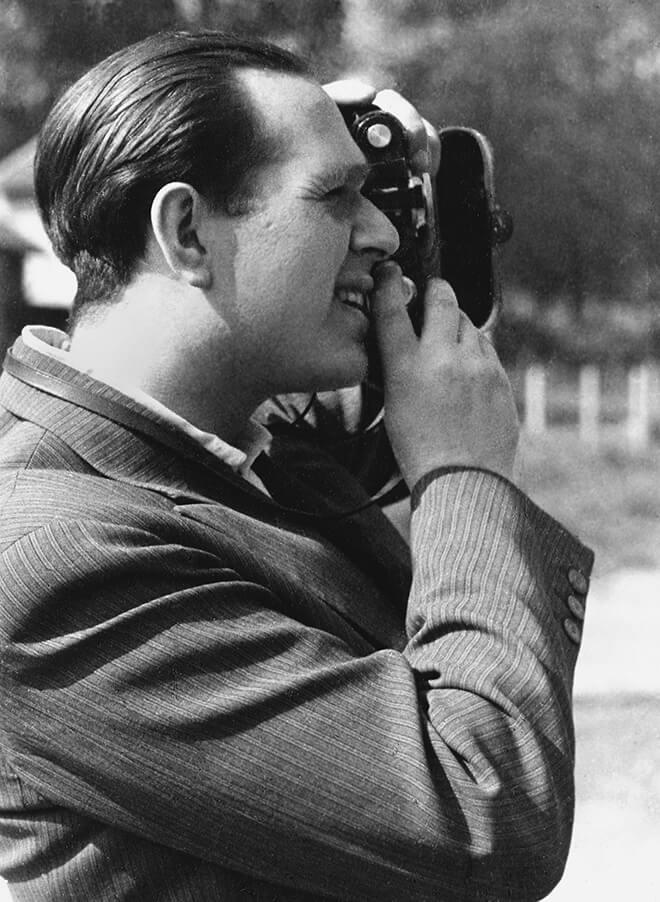 X
X
Fred Stein, photographed by Lilo Stein (1910–1997), Paris 1937; Estate of Fred Stein CC BY-SA 3.0 via Wikimedia Commons
In Paris, Fred Stein very soon established his own photography studio. From 1935 on, he contributed to several exhibitions with renowned photographers including Ilse Bing, Brassaï, Man Ray, Dora Maar, and André Kertész.
After the war broke out, the Steins were forced to flee a second time with the young daughter, born in 1938
They reached New York in 1941 on one of the last ships out. In the United States, Fred Stein resumed his photography, now using a medium-format Rolleiflex camera as well as the Leica. These easy-to-use cameras allowed him to stroll through the streets capturing the city and its people in brief but critical instants. All his life, he concentrated on street scenes and portraits.
Fred Stein’s Biography (Timeline)
| 1909 | Alfred "Fred" Stein is born in Dresden on 3 July, son of religion teacher Eva Stein (née Wollheim) and rabbi Leopold Stein |
|---|---|
| 1919–1927 | Attends König Georg High School in Dresden Member of the socialist youth movement and of the Jewish youth association Die Kameraden (The Comrades) |
| 1927–1932 | Studies law in Heidelberg, Berlin, and Leipzig; clerkships in Dresden and Bautzen Member of the Socialist Workers’ Party of Germany (SAPD), a left-wing breakaway from the Social Democratic Party |
| 1933 | Antisemitic restrictions on work mean he is dismissed from his legal clerkship and his doctoral thesis is rejected August: Marries Liselotte "Lilo" Salzburg October: Flees to Paris |
| From 1934 | Residence in Paris Shoots street scenes and portraits with the Leica Establishes his own photography studio |
| 1935 | First joint exhibition with renowned photographers including Ilse Bing, Brassaï, Man Ray, Dora Maar, and André Kertész |
| 1938 | Birth of daughter Marion |
| 1939–1941 | Deportation and internment in various camps for "enemy aliens" Escapes on foot through the South of France, where he rejoins his wife and daughter |
| 1941 | May: Emigration from Marseille to the United States on the SS Winnipeg with the help of Varian Fry and the Emergency Rescue Committee; takes with him his negatives and a selection of prints Continues to photograph street scenes and portraits, now also using the Rolleiflex |
| 1943 | Birth of son Peter |
| 1950 | Severe hip pain forces him to give up street photography |
| 1952 | Gains US citizenship |
| 1958 | First trip to Germany after fleeing 25 years earlier |
| 1967 | Fred Stein dies in New York on 27 September, aged fifty-eight |
Sociology of the Street
In the cities of his emigration – Paris in the 1930s, New York from the 1940s on – Fred Stein shot countless street scenes, including pictures of the Jewish quarters.
—Fred Stein
As well as classic views of the two metropolises, he created many milieu studies and character portraits. Embedded in a sociological context of poverty and ordinary urban lives, they show road workers, sales assistants, homeless people, and family scenes.
Fred Stein’s gaze unites the everyday with a sense of the extraordinary moment. His pictures often show flashes of humor.
Psychology of the Portrait
Before taking his portrait photographs, Fred Stein always tried to get to know the person. He thought about their work and ideas. At times, the picture itself took second place to heated discussions. It was often only at the end of a session that the photograph was finally taken. Many of Stein’s portraits show the traces of these conversations.
—Fred Stein
More than 1,200 portraits were created in this way. Today, they read like a Who’s Who of prominent twentieth-century personalities. Fred Stein did not use dramatic light effects or retouch his negatives. For him, the point of portrait photography was to “create (through the medium of photography) a substitute for the living human being, a picture that says something about the outer and inner person,” as he explained in a letter.
Portrait Photographs by Fred Stein
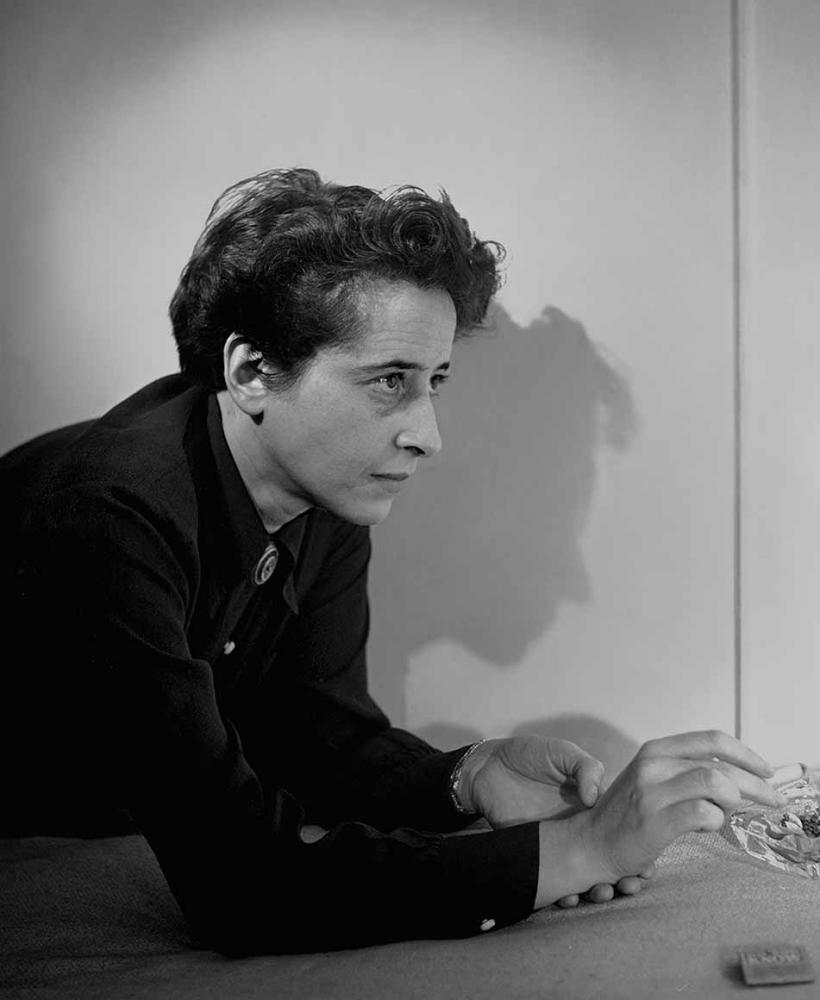
Hannah Arendt
Fred Stein photographed Hannah Arendt several times between 1941 and 1966. In a 1964 letter, he told her:
“Your Eichmann report is valuable not only because it will keep the debate alive long after the end of the trial, but also because it is, almost throughout, so full of urgency and responsibility in the matter itself and in its tone… In the near future, with a more objective view of history, it will certainly be praised unreservedly.”
Hannah Arendt answered shortly afterwards:
“It is my honest opinion that you are one of the best portrait photographers of the present day.”
Fred Stein, Hannah Arendt (1906–1975), New York 1944; Estate of Fred Stein
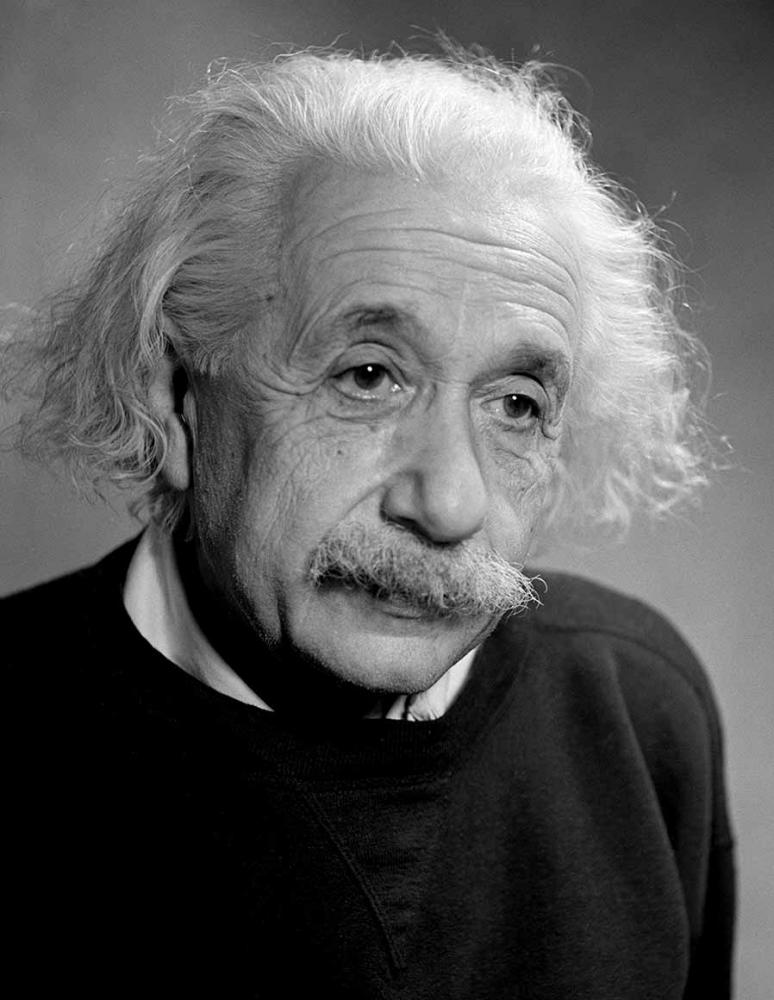
Albert Einstein (1879–1955)
With this portrait, Fred Stein created one of the best-known photographs of the Nobel Prize–winning physicist. At first Einstein did not want to have his picture taken, but finally he agreed to a ten-minute session. In the end, the ten minutes became two hours of animated conversation and jokes between the two men.
Fred Stein, Albert Einstein (1879–1955), Princeton 1946; Estate of Fred Stein
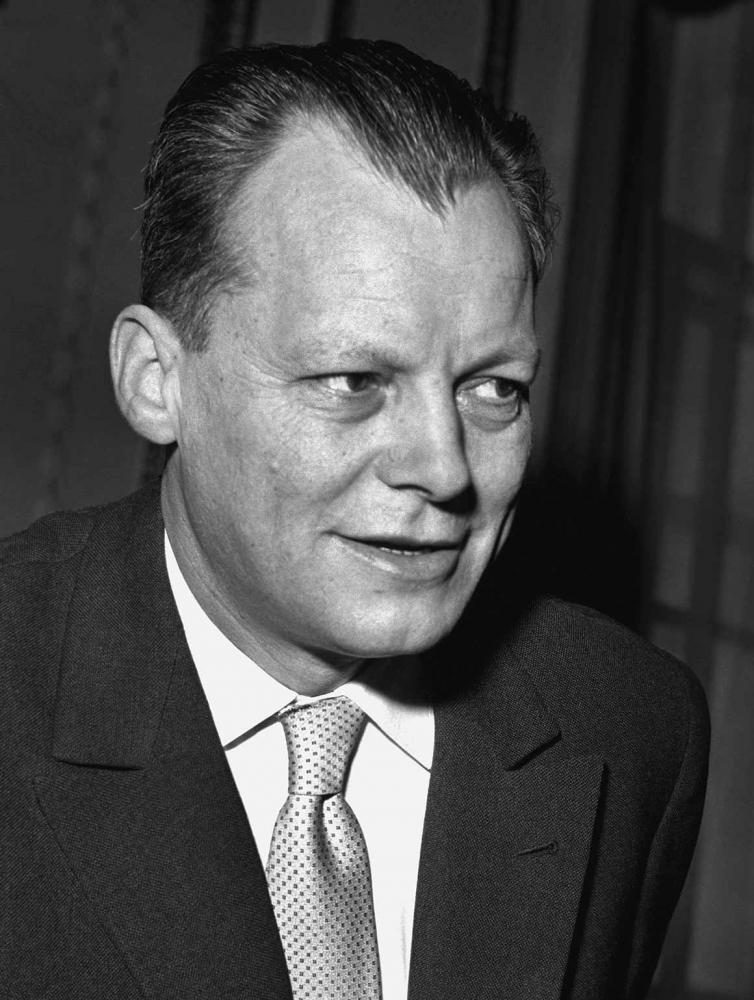
Willy Brandt (1879–1955)
Willy Brandt and Fred Stein were both members of the SAPD. They met during their exile in Paris, and remained friends all their lives. In 1983, Willy Brandt wrote:
“I first met Fred when we were both refugees fighting the totalitarian Nazi regime through the rather poor means we had. In his time he was very much in the avant garde, a brilliant photographer inspired by his quest for justice and his concern for truth so clearly reflected in his photographs. He truly was a man of vision, and his choice of people and subjects is the obvious proof of it.”
Fred Stein, Willy Brandt (1913–1992), New York 1957; Estate of Fred Stein

Arnold Zweig (1887–1968)
Arnold Zweig’s weak eyesight posed a test of patience for Fred Stein. As he explained in an essay, “his glasses terrorize me” – their thick lenses reflected every kind of light. The only solution was a different perspective. When Zweig happened to bend his head, Stein found the right moment to take the photograph.
Fred Stein, Arnold Zweig (1887–1968), Paris 1937; Estate of Fred Stein

Egon Erwin Kisch (1885–1948)
Fred Stein admired the journalism of Egon Erwin Kisch, known as the racing reporter, and had a long conversation with him about politics. Only when they were about to say goodbye did Stein realize that he had not taken a single picture. Fully in line with Kisch’s nickname, the journalist is photographed on the move, with coat, hat, and cigarette.
Fred Stein, Egon Erwin Kisch (1885–1948), Versailles 1936; Estate of Fred Stein
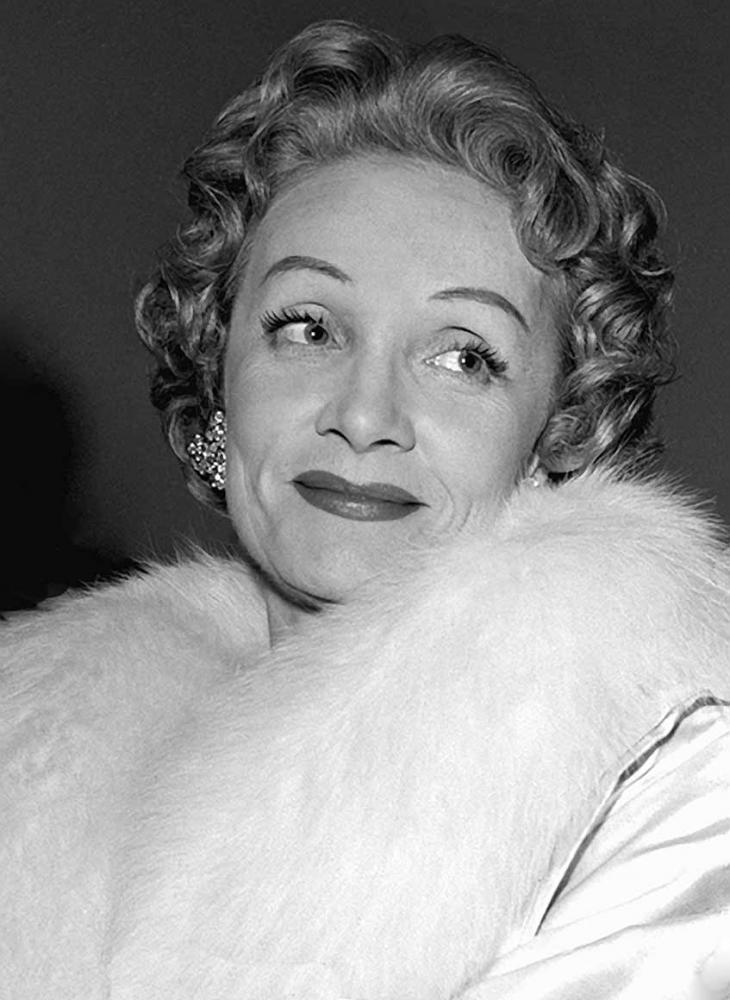
Marlene Dietrich (1901–1992)
Fred Stein, Marlene Dietrich (1901–1992), New York 1957; Estate of Fred Stein
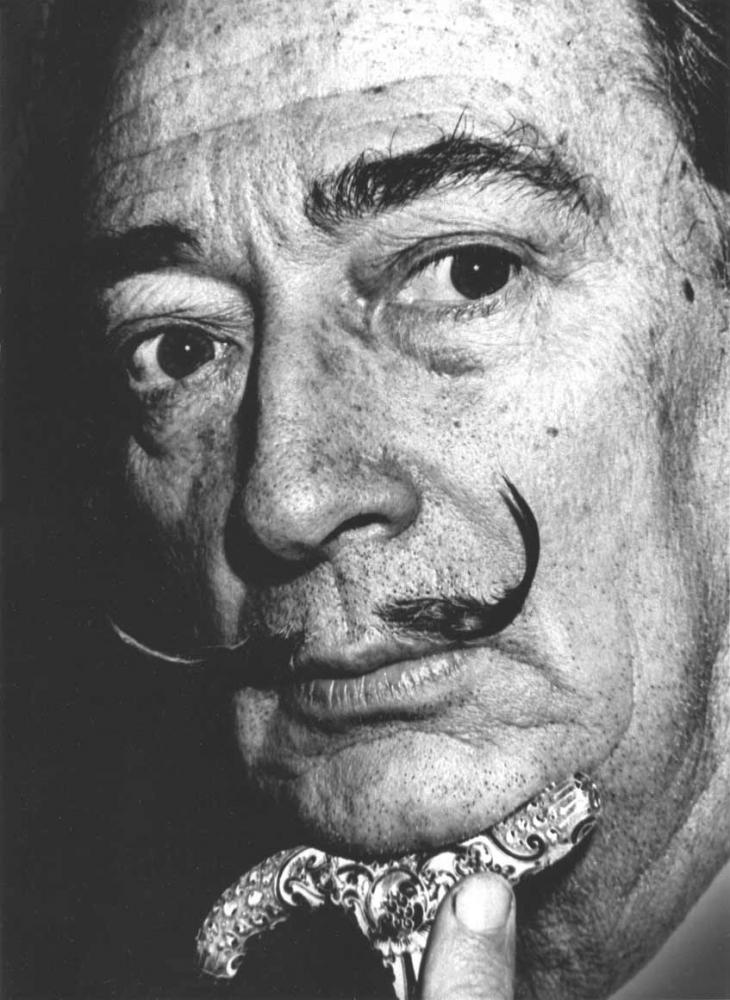
Salvador Dalí (1893–1983)
Fred Stein, Salvador Dalí (1904–1989), New York 1963; Estate of Fred Stein
An exhibition at the Jewish Museum Berlin, curated by Theresia Ziehe and Jihan Radjai.
Video recording of the exhibition opening on 21 November 2013 with the curators Theresia Ziehe and Jihan Radjai (in German); Jewish Museum Berlin
Exhibition Information at a Glance
- When 22 Nov 2013 to 4 May 2014
- Where Libeskind Building, ground level, Eric F. Ross Gallery
Lindenstraße 9-14, 10969 Berlin
See Location on Map
Fred Stein’s son Peter at the exhibition opening on 21 November 2013; Jewish Museum Berlin
Further Locations of the Exhibition
| Düsseldorf | Fred Stein: Auf dem Weg. Dresden – Paris – New York 17 Jan to 4 Jun 2017 Mahn- und Gedenkstätte Düsseldorf |
|---|---|
| Dresden | Fred Stein. Dresden – Paris – New York 28 Apr to 7 Oct 2018 Stadtmuseum Dresden |
Supporters
For their generous support, we would like to thank Peter Stein, Dawn Freer, and the Embassy of the United States of America.

Media Partner



















